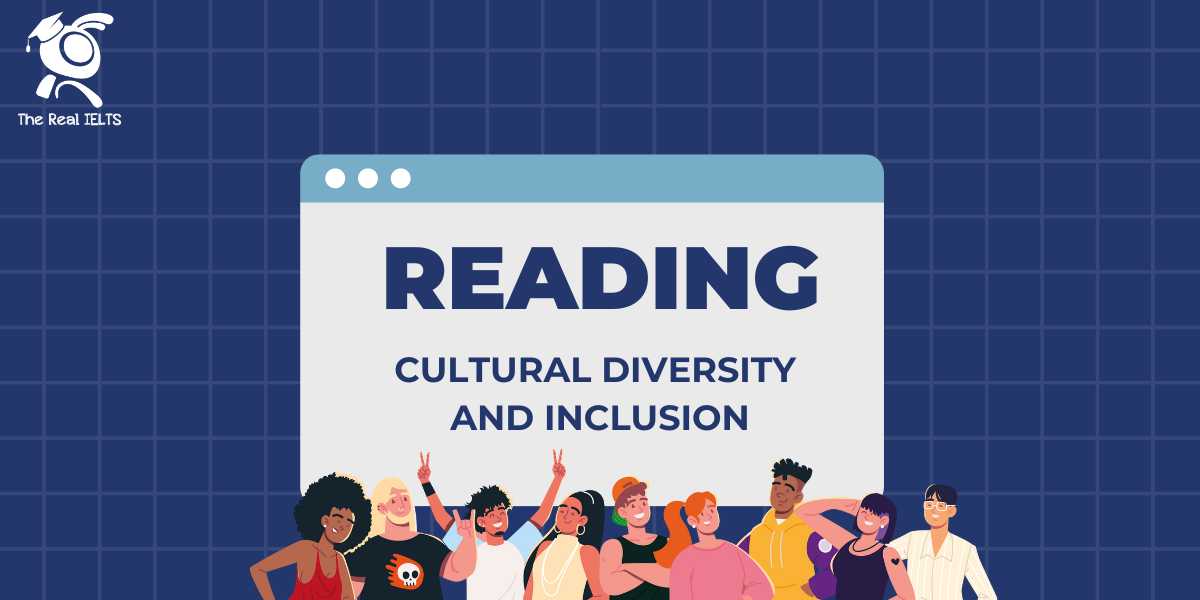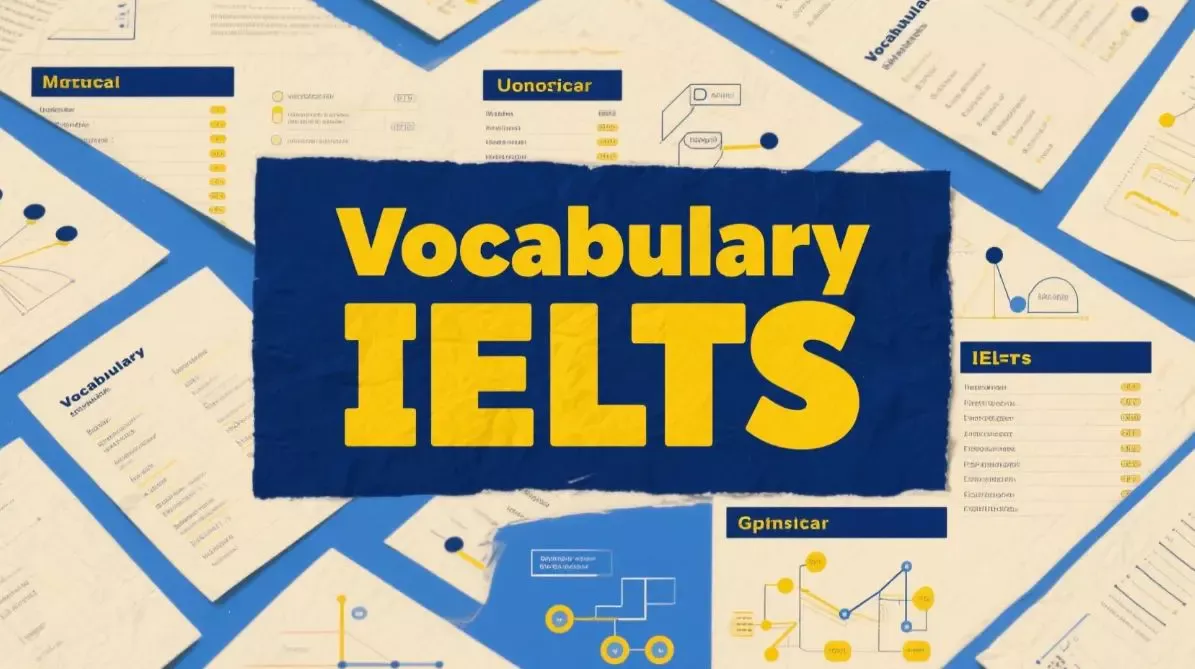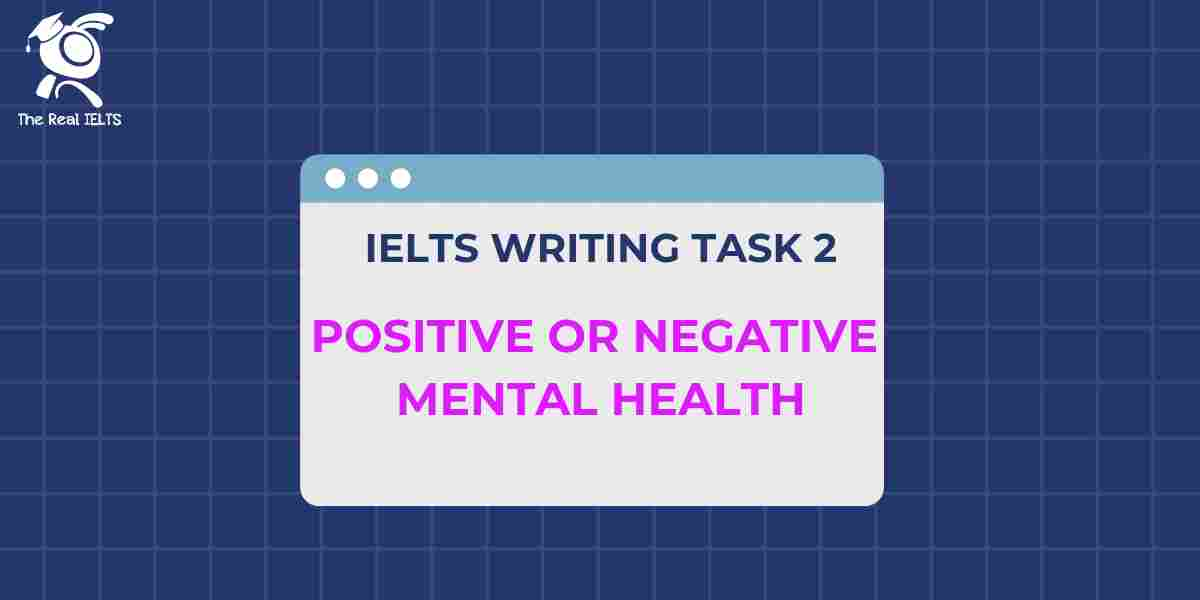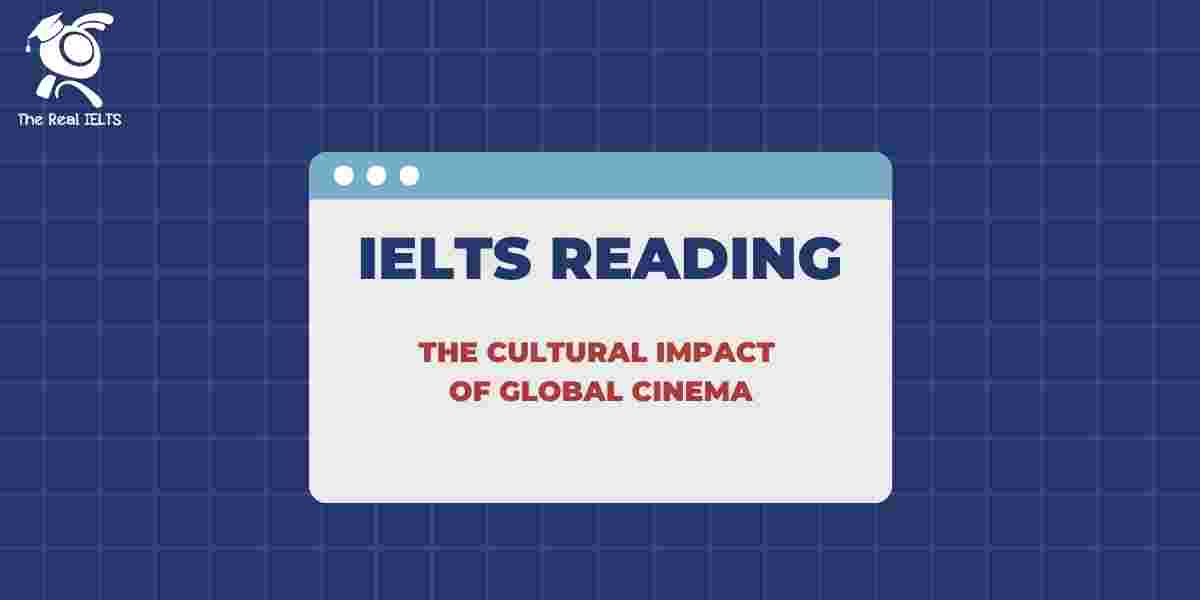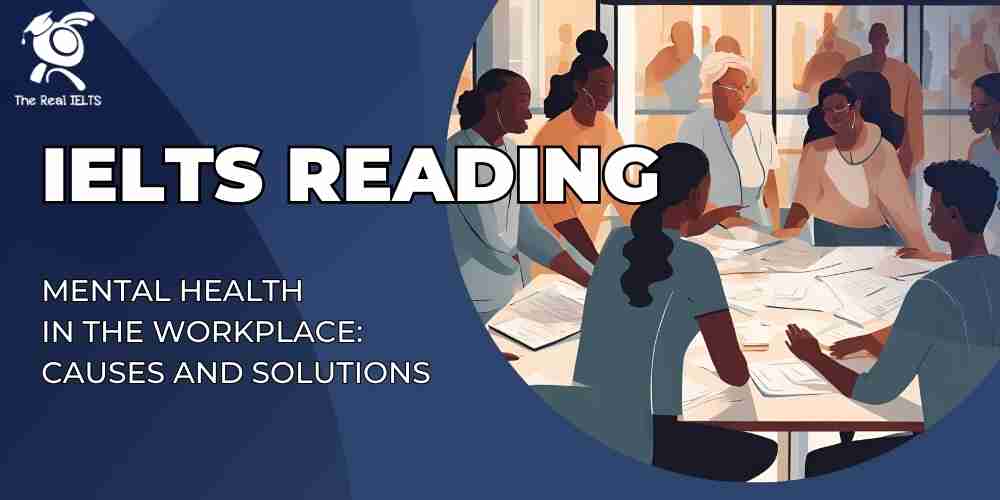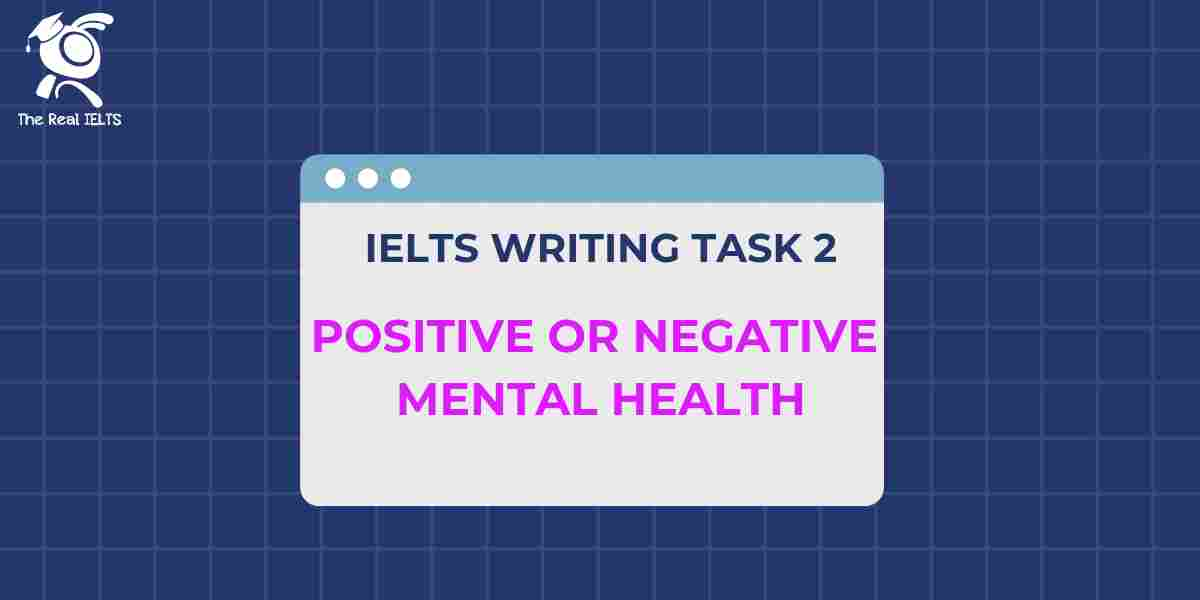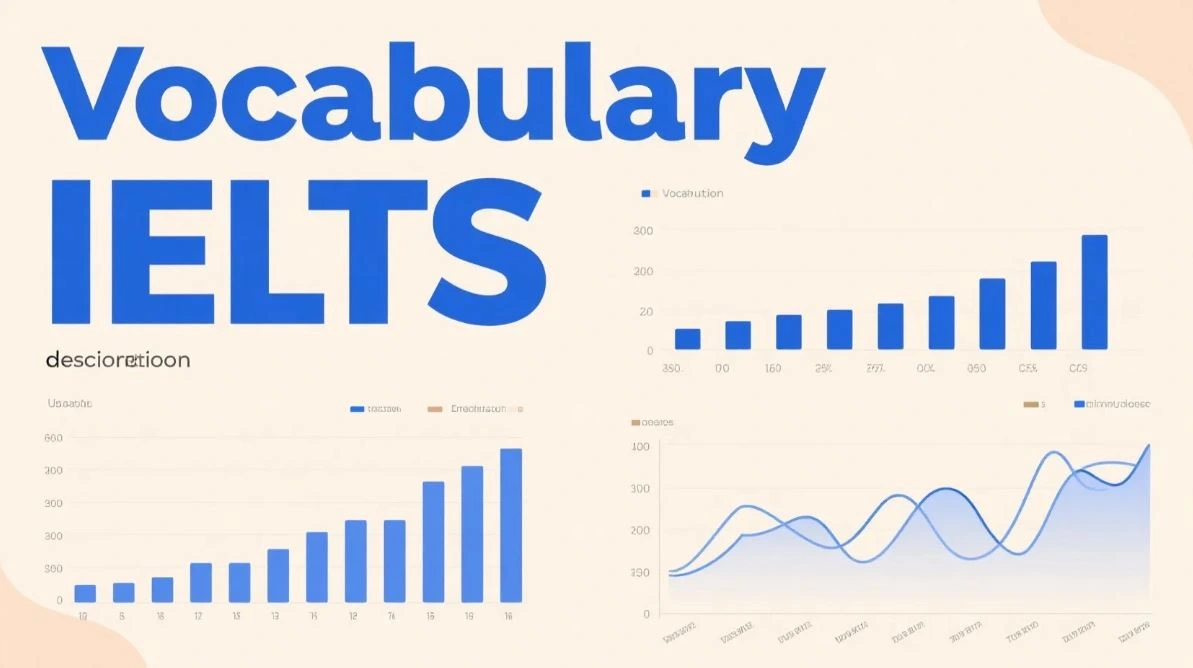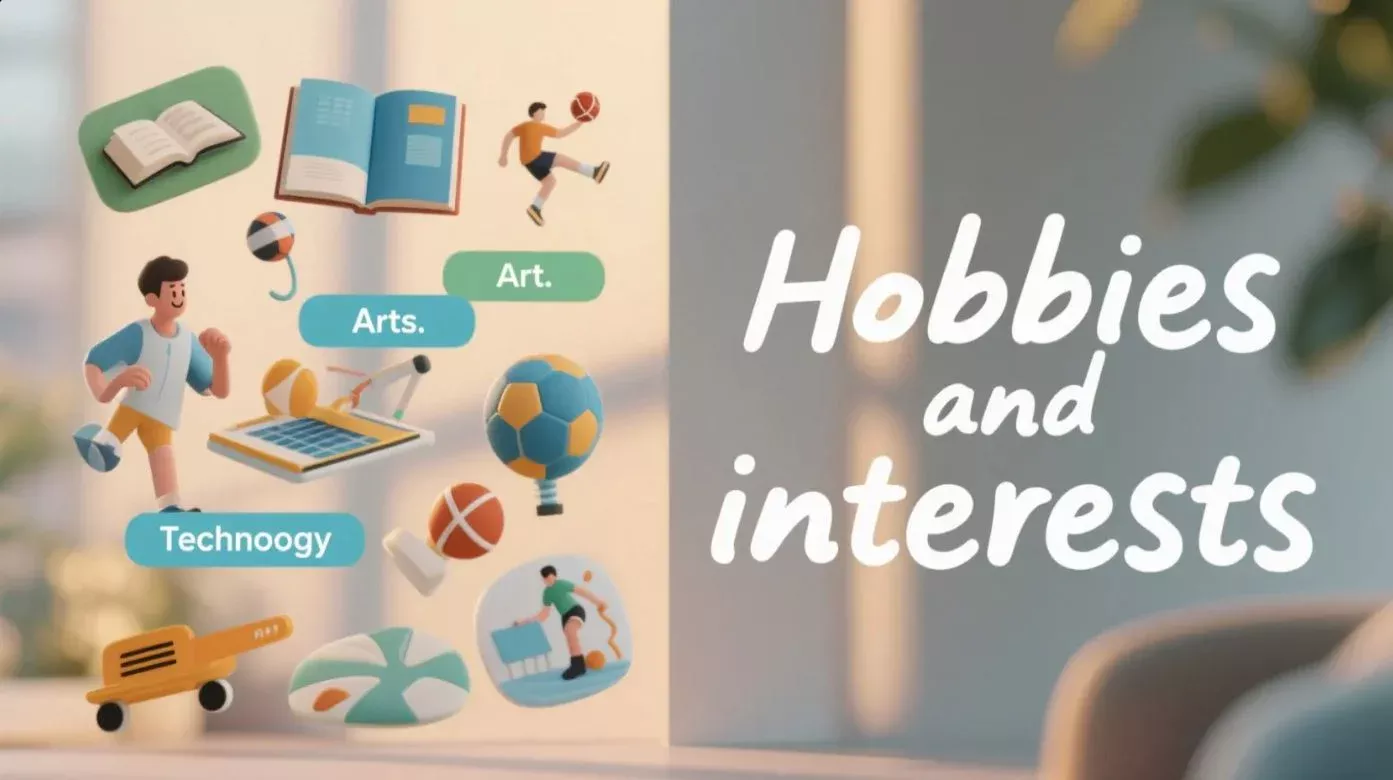Bài Reading này có chủ đề: “Sự Đa Dạng Văn Hóa và Hòa Nhập”. Các bài Reading thường sẽ không có phần ghi âm hay luyện nghe luyện nói gì, nhưng đòi hỏi sự tập trung trong quá trình đọc bài viết. Các bạn hãy đọc kỹ bài đọc và trả lời câu hỏi sao cho đúng.
IELTS Reading Practice: Cultural Diversity and Inclusion
Passage 1: The Importance of Cultural Diversity in the Workplace
In today’s globalized world, cultural diversity in the workplace is more important than ever. Companies that embrace a multicultural workforce can benefit from a variety of perspectives and experiences, leading to innovative ideas and solutions. Cultural diversity enhances creativity and encourages employees to think outside the box. Furthermore, a diverse workforce can better understand and serve a global client base, enhancing customer satisfaction and business growth.
However, cultural diversity can also pose challenges. Differences in communication styles, work habits, and attitudes towards hierarchy can lead to misunderstandings and conflicts. It is essential for organizations to foster an inclusive environment where all employees feel valued and respected. This can be achieved through diversity training programs, inclusive policies, and open channels of communication.
Ultimately, the benefits of cultural diversity outweigh the challenges. Companies that successfully integrate diversity into their corporate culture are more likely to thrive in the competitive global market.
Questions 1-5
Do the following statements agree with the information given in the text? Write:
- TRUE if the statement agrees with the information
- FALSE if the statement contradicts the information
- NOT GIVEN if there is no information on this
- A multicultural workforce can lead to innovative ideas and solutions.
- Cultural diversity has no impact on customer satisfaction.
- Differences in communication styles can cause conflicts in a diverse workplace.
- Only large companies need to consider cultural diversity.
- Companies with a diverse workforce are more competitive globally.
Passage 2: The Role of Education in Promoting Inclusion
Education plays a crucial role in promoting cultural diversity and inclusion. Schools and universities are microcosms of society, reflecting its diversity. They are uniquely positioned to teach students about different cultures and the importance of inclusion. Through curricula that include diverse perspectives and histories, students can develop a better understanding and appreciation of the world’s rich cultural tapestry.
Inclusive education goes beyond the curriculum. It involves creating a learning environment where all students, regardless of their background, feel welcome and supported. This can be achieved by implementing policies that address discrimination and bias, providing support for students from diverse backgrounds, and fostering a culture of respect and empathy.
In addition to benefiting students, inclusive education has broader societal benefits. It can help reduce prejudice and discrimination, promote social cohesion, and prepare students to succeed in an increasingly diverse world. By embracing diversity and inclusion, educational institutions can contribute to building a more equitable and harmonious society.
Questions 6-10
Complete the sentences below. Choose NO MORE THAN TWO WORDS from the passage for each answer.
- Schools and universities reflect society’s __________.
- Curricula that include diverse perspectives help students appreciate the world’s __________.
- Creating a supportive learning environment involves implementing policies to address __________.
- Inclusive education can help reduce __________ and discrimination.
- Educational institutions contribute to building a more __________ society.
Passage 3: Challenges and Strategies for Promoting Cultural Inclusion
Promoting cultural inclusion in any environment can be challenging. One major challenge is overcoming unconscious bias, which can influence how individuals perceive and interact with others from different backgrounds. Unconscious bias can lead to unfair treatment and exclusion, even when there is no intentional discrimination.
To address this issue, organizations and institutions can implement several strategies. One effective approach is to provide training on unconscious bias, helping individuals become aware of their own biases and learn strategies to mitigate them. Additionally, creating policies that promote fairness and equality, such as diverse hiring practices and anti-discrimination measures, can help foster an inclusive environment.
Another important strategy is to encourage dialogue and interaction among people from diverse backgrounds. By promoting open communication and collaboration, individuals can learn from each other and build mutual respect and understanding. Ultimately, the goal is to create an environment where everyone feels valued and included, regardless of their cultural background.
Questions 11-15
Answer the questions below. Choose NO MORE THAN THREE WORDS from the passage for each answer.
- What major challenge is mentioned in promoting cultural inclusion?
- What type of training can help individuals become aware of their biases?
- What should policies promote to foster an inclusive environment?
- What can encourage dialogue and interaction among diverse groups?
- What is the ultimate goal of creating an inclusive environment?
Answers
Passage 1
- TRUE
- FALSE
- TRUE
- FALSE
- TRUE
Passage 2
- diversity
- cultural tapestry
- discrimination
- prejudice
- equitable and harmonious
Passage 3
- Unconscious bias
- Training on unconscious bias
- Fairness and equality
- Open communication
- Everyone feels valued and included
Đọc lại bài cũ: Reading Skill Part 18: Biodiversity and Conservation Efforts.


